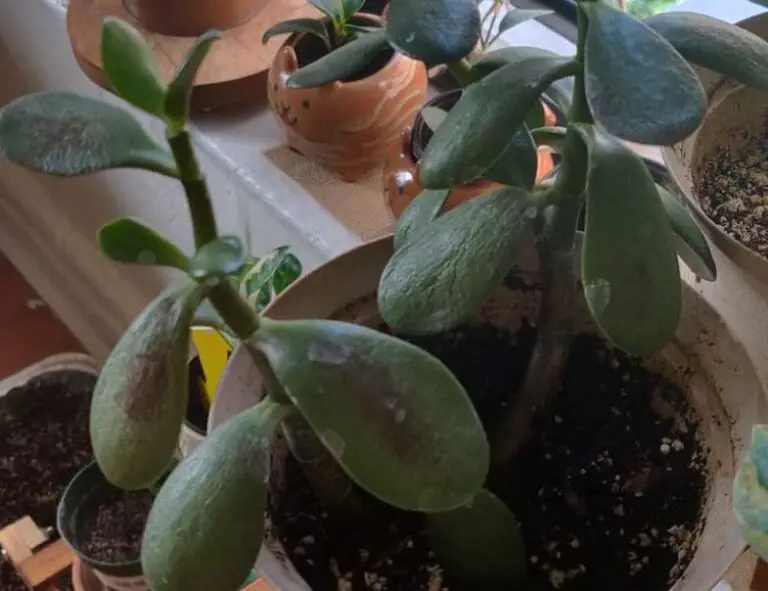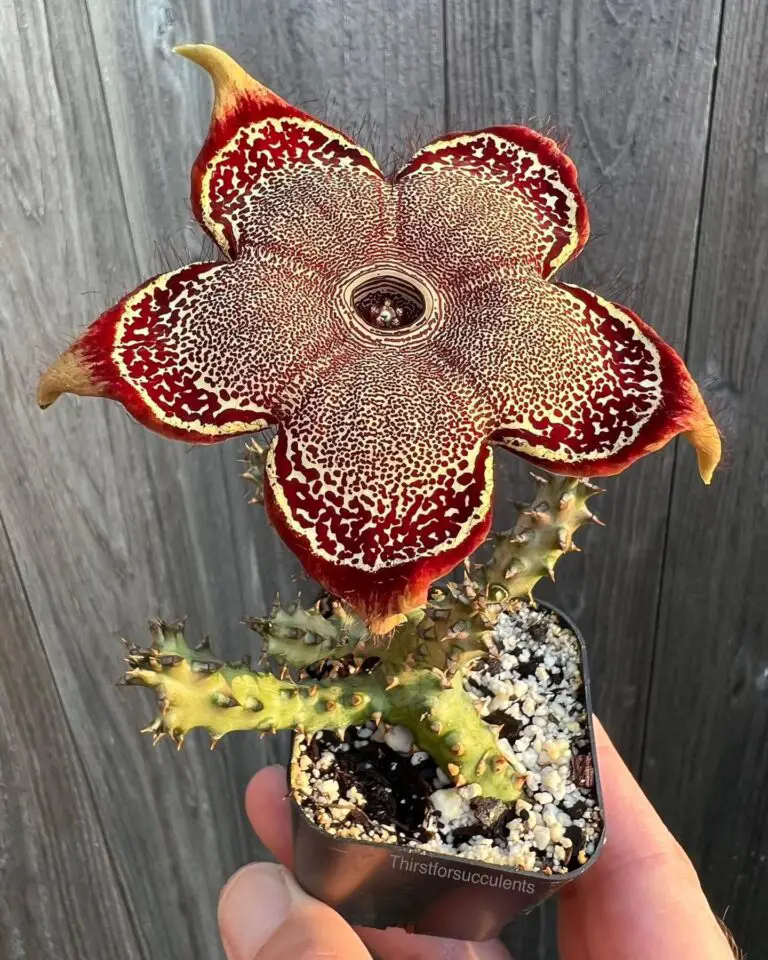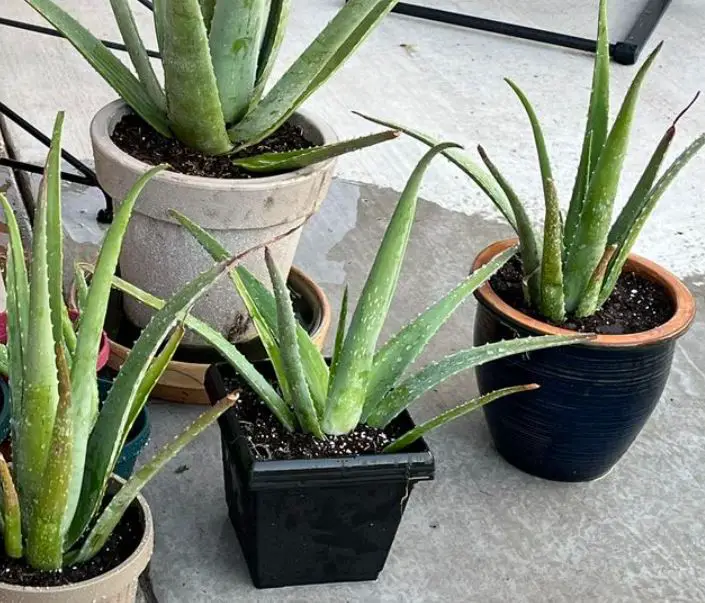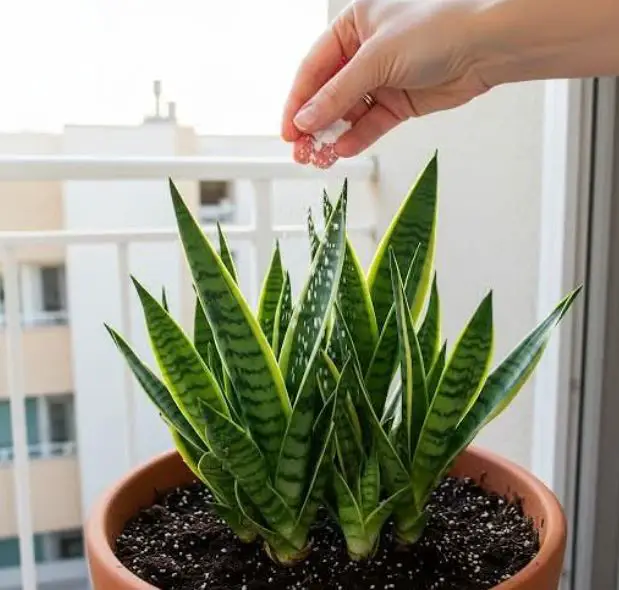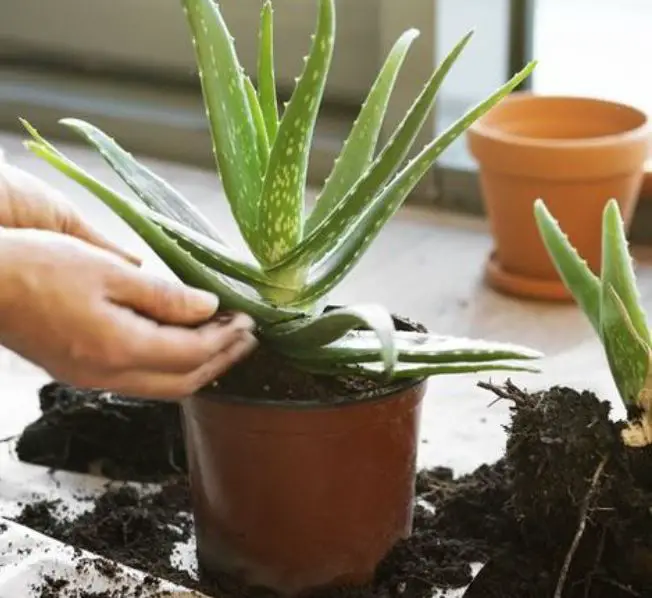7 Simple Ways to Get Echeveria Lola to Bloom
Echeveria Lola is a small, rosette-shaped succulent with thick, pale lavender or bluish-gray leaves. The powdery coating on the fleshy leaves often gives a soft, frosty look. Its compact size and unique color look stunning not only in gardens but also in pots.
Most gardeners, including me, love Echeveria Lola for its beauty and low maintenance. It needs just a little watering and fertilization. This clustering succulent blooms in spring or summer. It produces pink, white, or peach flowers on tall stalks.
Key plant features
Here are a few key features of the Echeveria Lola plant
| Botanical name | Echeveria ‘Lola’ |
| Common name | Lola succulent or Lola plant, |
| Mature size | 6 in. tall, 6 in. wide |
| Plant type | Hybrid succulent |
| Native area | Mexico |
| Growth rate | Slow |
| Hardiness zone | 9, 10, 11 (USDA) |
| Bloom season | Spring and Summer |
| Flower color | Pink, White |
| Sun exposure | Full sun, partial shade |
| Resistance | Extremely drought-tolerant, deer resistant, heat tolerant, pest resistant |
| Soil type and pH | Well-draining (cactus or succulent potting soil), pH of 6.5 or neutral |
| Propagation | By stem cuttings or leaf cuttings |
| Toxicity | Safe for humans and pets (dogs and cats) |
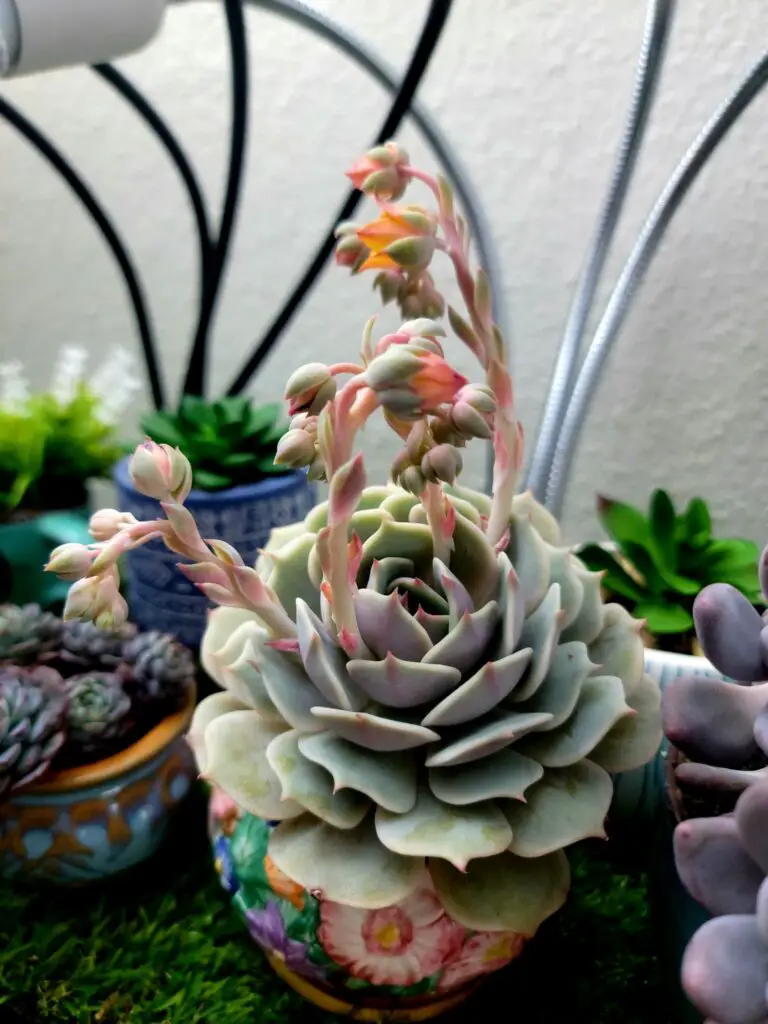
How to get Echeveria Lola to bloom
Mature Echeveria Lola blooms more easily, often after 1-2 years. However, proper care is needed to encourage blooming. Here’s how to help your Echeveria Lola bloom in simple steps:
1. Provide bright light
Echeveria Lola needs lots of light to bloom. Please place it in full sun or bright, indirect light. Aim for at least 6 hours of sunlight daily. A south-facing window is often ideal indoors. Outdoors, choose a sunny spot. If the light is too low, the plant won’t bloom.
However, in hot climates, please protect it from intense afternoon sun. Too much direct heat can stress it or cause leaf burn. Rotate the pot occasionally for even light exposure.
2. Water sparingly
Watering correctly is key to blooming. Echeveria Lola likes dry conditions. Water deeply but let the soil dry out completely between waterings. This mimics its natural desert habitat. All the same, avoid overwatering as it can harm the plant.
In spring and summer, water every 1-2 weeks. In fall and winter, water less, about once a month. More importantly, use a pot with drainage holes. Always check the soil with your finger before watering. If it’s dry an inch deep, water it.
3. Use well-draining soil
Echeveria Lola needs soil that drains well. When planting, use a cactus or succulent soil mix. You can also mix regular potting soil with sand or perlite. Good drainage prevents root rot and other fungal problems.
4. Keep warm
A stable, warm environment helps Echeveria Lola bloom. Daytime temperatures between 65-80°F (18-27°C) and around 50-60°F during the night are best. Keep it in a warm spot during spring and summer, and protect it from frost in winter.
You can bring your plants indoors or cover them. You should also avoid sudden temperature changes, as it can shock or harm the plant. Indoor plants should stay away from cold drafts.
5. Fertilize lightly
Fertilizer gives Echeveria Lola a boost that encourages flowering. Use a diluted succulent fertilizer, like 10-10-10, once a month during the growing season in spring and summer. Dilute it to half strength to avoid burning the roots.
Don’t fertilize your Echeveria in fall or winter. Also, avoid applying too much fertilizer because it can prevent blooms. Plenty of Nitrogen may cause leafy growth instead. So, always stick to the recommended succulent fertilizer N-P-K ratio.
6. Stress slightly
Mild stress can get Echeveria Lola to bloom. Cooler nights (50-60°F) or slightly less water can trigger flowering. Don’t stress the plant too much because too much drought or cold can harm it. Monitor the plant for signs of distress, like shriveled leaves.
7. Be patient
Echeveria Lola needs time to bloom. Mature plants, over 1-2 years old, bloom more easily. Young plants focus on growing leaves first. Blooms often appear in spring or summer. Check for a tall stalk with pink or peach flowers. If it doesn’t bloom, adjust the light or care.
Final thought
Your Echeveria may not be booming due to overwatering, not enough light, poor soil drainage, incorrect temperature, too much fertilizer, or simply because your plant is still young. Keeping your plant healthy overall is what it takes to get blooms.
Provide light, water carefully, use good soil, keep it warm, fertilize lightly, and add a little stress. With a little patience, you’ll see stunning flowers.
My name is Diane M Lewik, and I am the founder of this website. I am a degree holder in plant biology from the University of California – Berkeley. Over the years, I have cultivated a vast collection of succulents and I have learned a great deal about how to grow and care for these unique plants. Feel free to ask any questions in the comment section below.
